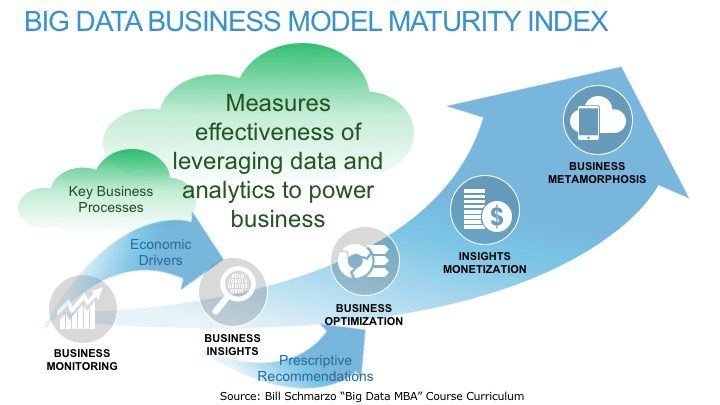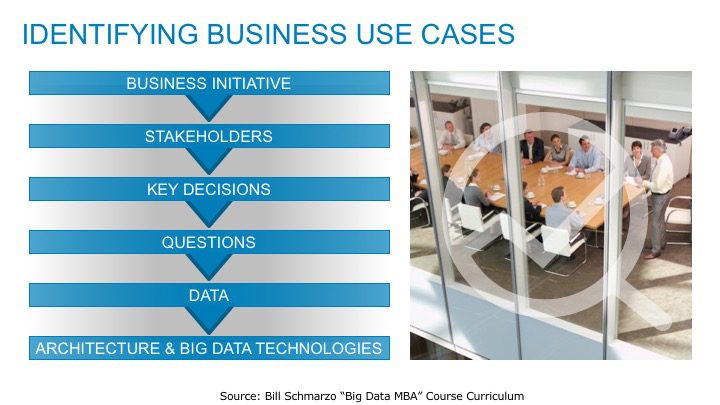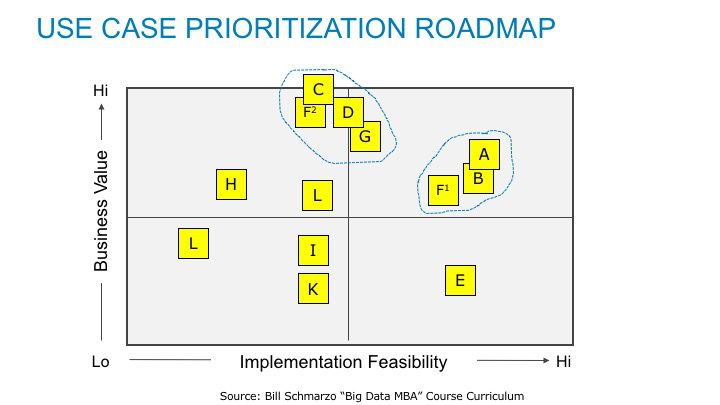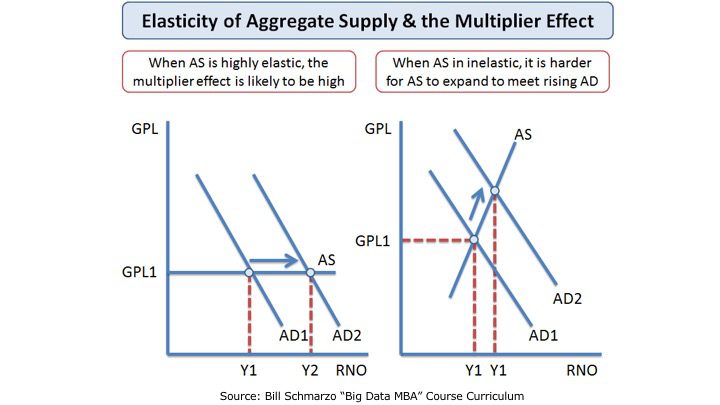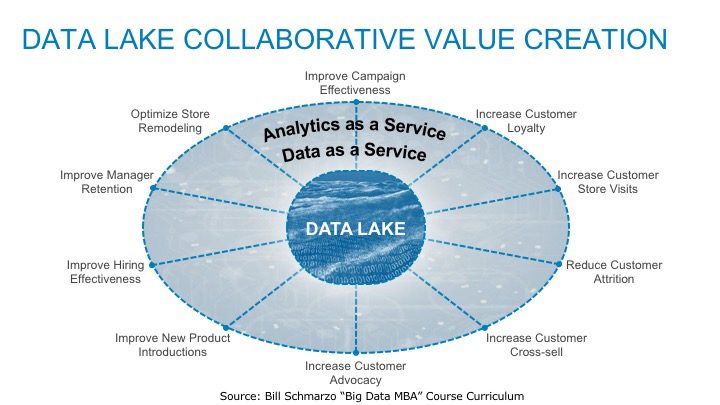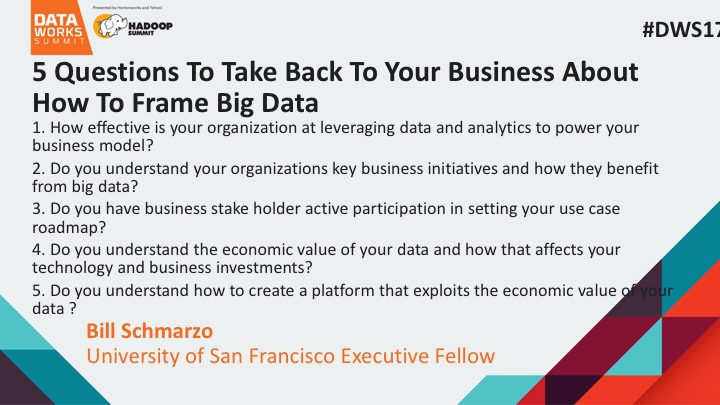I had the opportunity in 2017 to give a 10-minute keynote at DataWorks Summit 2017. I know what most of you are thinking: Schmarzo can barely introduce himself in 10 minutes! What sort of keynote could he give in just 10 minutes? And to be honest, I too struggled with what to say.
But after some brainstorming, I decided to pose 5 questions that every organization needs to consider as they prepare themselves for digital transformation. And while I didn’t have enough time in 10 minutes to answer those questions in a keynote, I certainly do in a blog!
So here we go!!
Question #1: How effective is your organization at leveraging data and analytics to power your business model?
The Big Data Business Model Maturity Index was developed to help organizations to measure or benchmark their effectiveness in exploiting big data and advanced analytics to power their business models.
- Advance beyond the Business Monitoring stage where organizations are using data and analytics (data warehouses and Business Intelligence) to monitor or report on what has happened
- Transition to Business Insights (to predict what’s likely to happen) and Business Optimization (to prescriptive specific actions based upon those predictions)
- Move into the Insights Monetization (not Data Monetization) phase where organizations monetize the insights that they have gleaned about their customers, products, operations and markets.
Figure 1: Big Data Business Model Maturity Index
Question #2: Do you understand your organizations key business initiatives and how they benefit from big data?
If you want to deliver business value with your big data initiative, then it only makes sense to focus on what’s important to the business. That means you need to invest the time to understand the organization’s key business initiatives.
- A business initiative is a cross-functional mandate on which the organization has been goaled to address, often within the next 9 to 12 months.
- Once you have identified a key business initiative, then work with the key business stakeholders (those business functions that either impact or are impacted by the business initiative) to identify, group and prioritize the decisionsthat the business stakeholders need to make in support of the business initiative.
- Consider the questions that must be answered in order for those stakeholders to make those decisions, and identify the data sources that mightbe useful to the data science team for answering those questions.
- Identify the supporting architectures and enabling big data technologies.
Figure 2: Start with the Organization’s Business Initiatives
Question #3: Do you have business stakeholder active participation in setting your use case roadmap?
It’s critical to the success of your big data initiative to gain business stakeholder support and guidance on day one.
- Think “Business First” by identifying, validating and prioritizing the use cases that support the targeted business initiative. Focus on the “4 M’s of Big Data” (Make Me More Money) and not on the “3 V’s of Big Data” (whatever they are).
- Set up facilitated envisioning workshops to brainstorm with the business stakeholders the data sources that might yield better predictorsof performance; that is, what business questions mightwe be able to answer in support of the key decisions, with various combinations of data
- Prioritize the use cases and start by focusing on a single or couple of use cases. If you don’t “Prioritize and Focus”, you will be forced to embrace a “Technology First” approach in order to try to satisfy all the use cases, which means that you’ll likely solve none of the use cases.
Figure 3: Build Active Business Stakeholder Participation
Question #4: Do you understand the economic value of your data and how that affects your technology and business investments?
Data is unlike any asset that we have ever seen before. There is no asset on your financial books that act or behave like data. Unfortunately, organizations have struggled to come up with an approach that captures the true value of the data.
- Traditional accounting with cost-based valuation minus depreciation for business assets is the wrong approach. That values assets on historical value; the value that you paid for them, and the value goes down as the asset ages, or is “consumed”.
- We needed a forward-looking valuation technique. We are embracing a methodology that uses a combination of economics (Data Multiplier Effect) and Data Science to determine the future or predictive value of data in optimizing the business use cases.
- “Data is the New Oil” over-simplifies the dynamic value of data. Instead, imagine having a single barrel of oil that could be used to fuel an infinite number of vehicles…and it never depletes. That’s data!
Figure 4: Determining the Economic Value of Data
Question #5: Do you understand how to create a platform that exploits the economic value of your data?
Having this valuable data asset does no good if one can’t create an environment that exploits its potential.
- Create a “collaborative value creation” platform that nurtures the on-going collaboration between the business and the data science team.
- Implement Data-as-a-service and ensure that proper data management services (e.g., data governance, metadata management, security, privacy, cataloging, indexing) are implemented to preserve and propagate the value of the organization’s data.
- Build Analytic Profiles to ensure that the resulting analytics can be operationalized, and that the organization can extend the usefulness and value of the analytics across multiple use cases.
Figure 5: Creating the Collaborative Value Creation Platform
Summary
That’s it, just 5 questions. Addressing these 5 questions will ensure that your organization is exploiting the value of data and the power of analytics to guide your organization’s digital transformation.

